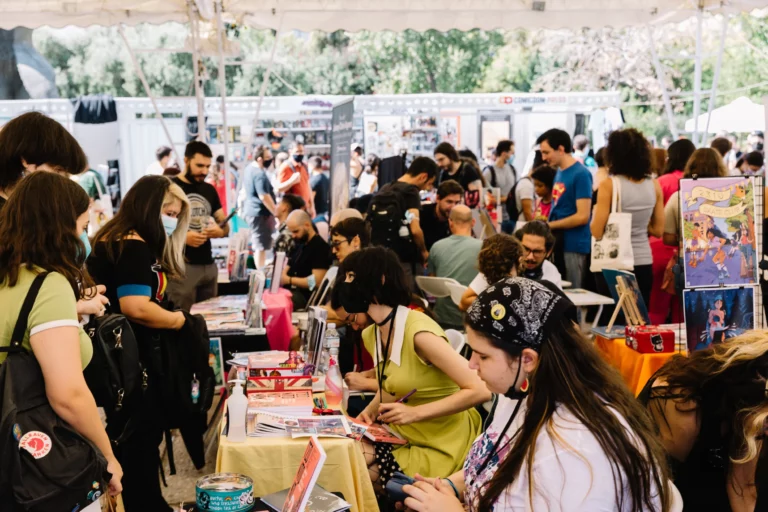Murga is an accessible folk cultural phenomenon with a unique intercontinental and intercultural diaspora with strong links to migration. Its roots lie in the southern Spanish port city of Cádiz, a place from which many migrants departed (or arrived). Cadíz has been known for its carnavalesque tradition called chirigota since times immemorial. The chirigota is a satirical choir that parades through the streets. Migrants take this practice along with them to places like Cuba, Uruguay and Argentina, addressing African rhythms and local political content combined with the use of acrobatics, choreography, masks and costumes. In the ’70s, Murgas, as these neighbourhood-based ensembles had been known in Argentina since the 1920s, became heavily politicized under the Videla regime. Today, they continue to be extremely popular across Argentina and it’s neighbouring countries as well as Europe.
In 2003, a group of repatriated migrants returned to Italy and founded a Murga there, calling it the Mala Murga [‘bad Murga’]. In 2006, Gerardo Salinas did the same in Antwerp, Belgium. He wanted to provide a ludic, colourful, cheerful antidote to the increasing xenophobia in his adoptive hometown. Thanks to his initiative there are now some ten Murga companies in several Flemish cities and towns. Salinas also organizes an annual Murga parade in Antwerp. In February 2009, Salinas received the ‘Most Valuable Citizen of Antwerp’ award for his Murga work.

Amparo González Sola
South America, Argentina, Buenos Aires

Héctor Aristizábal
South America, Colombia

Matemurga
South America, Argentina, Buenos Aires

Los angeles poverty department
North America, United States, Los Angeles

Beijing Theatre
Asia, China, Beijing

CTO-Maputo Centro de Teatro do Oprimido
Africa, Mozambique

